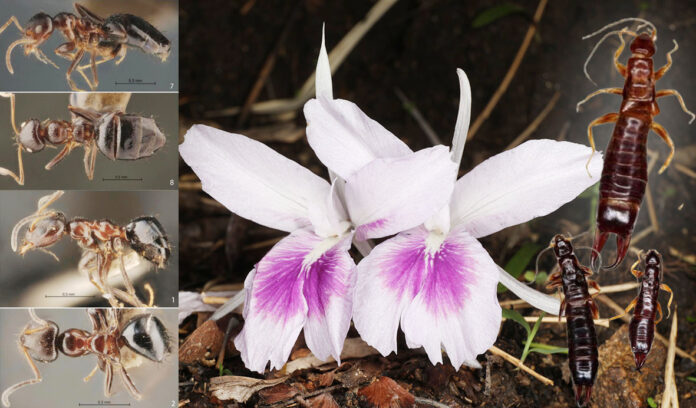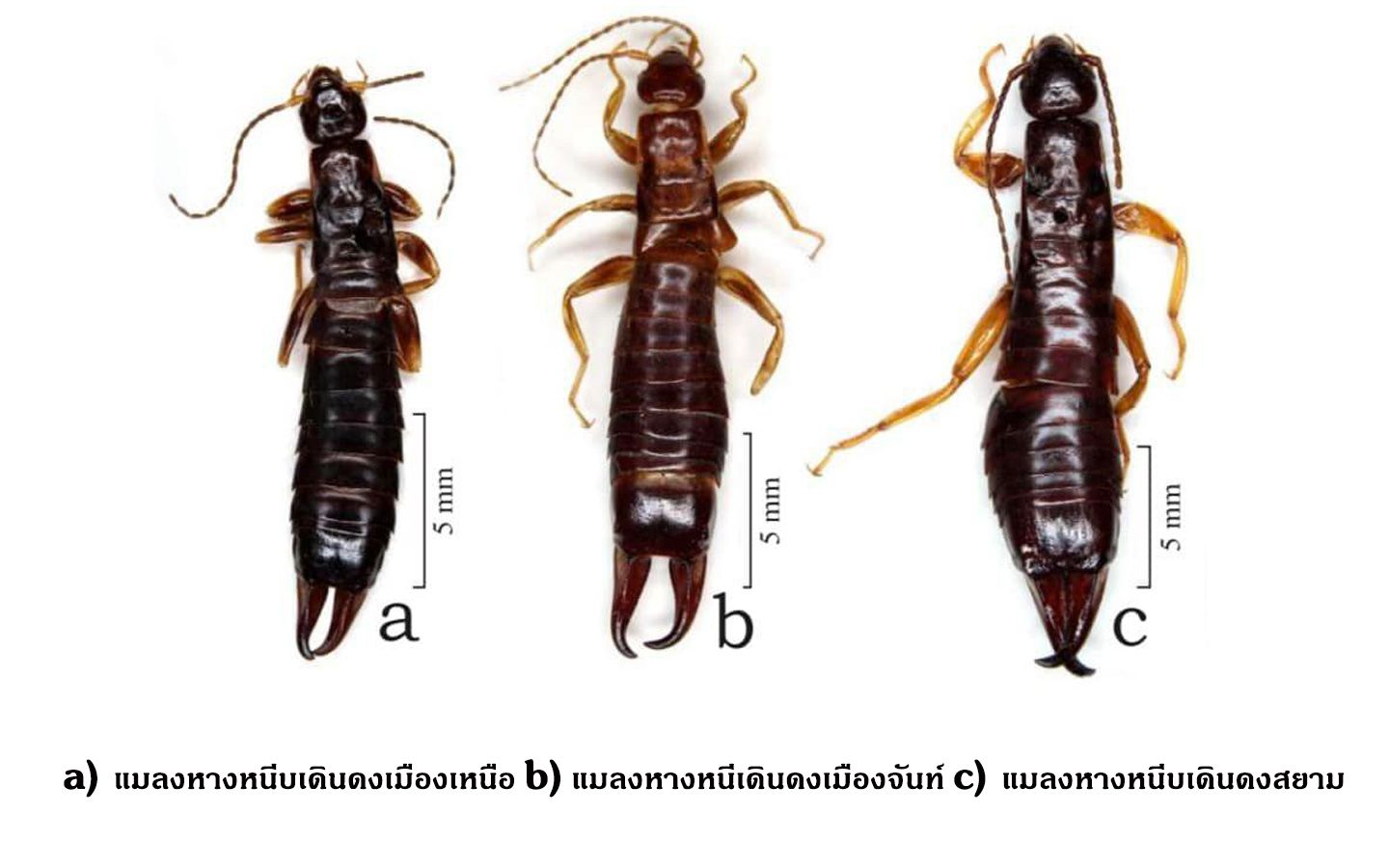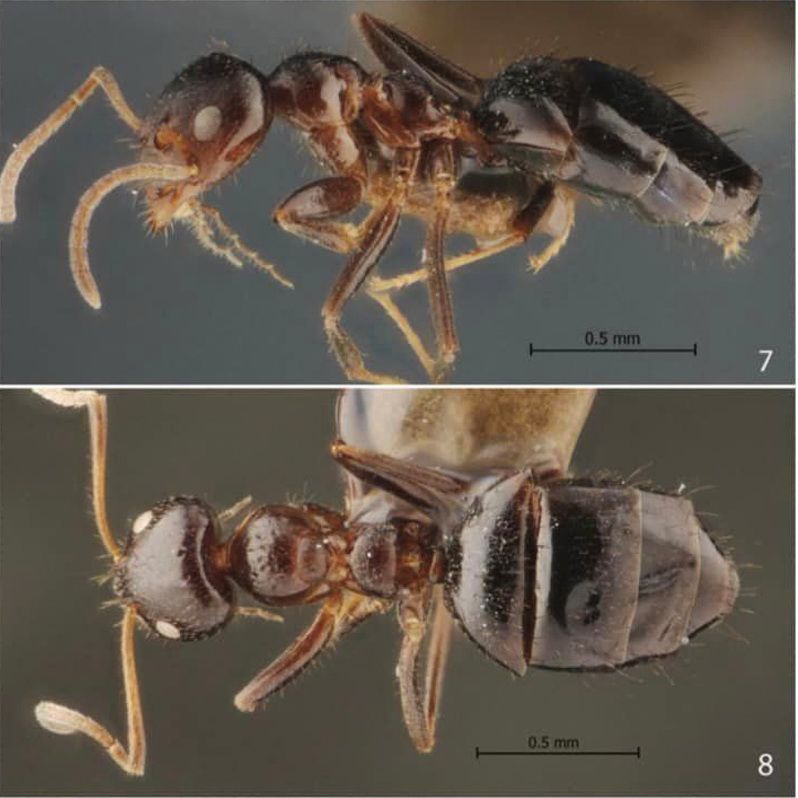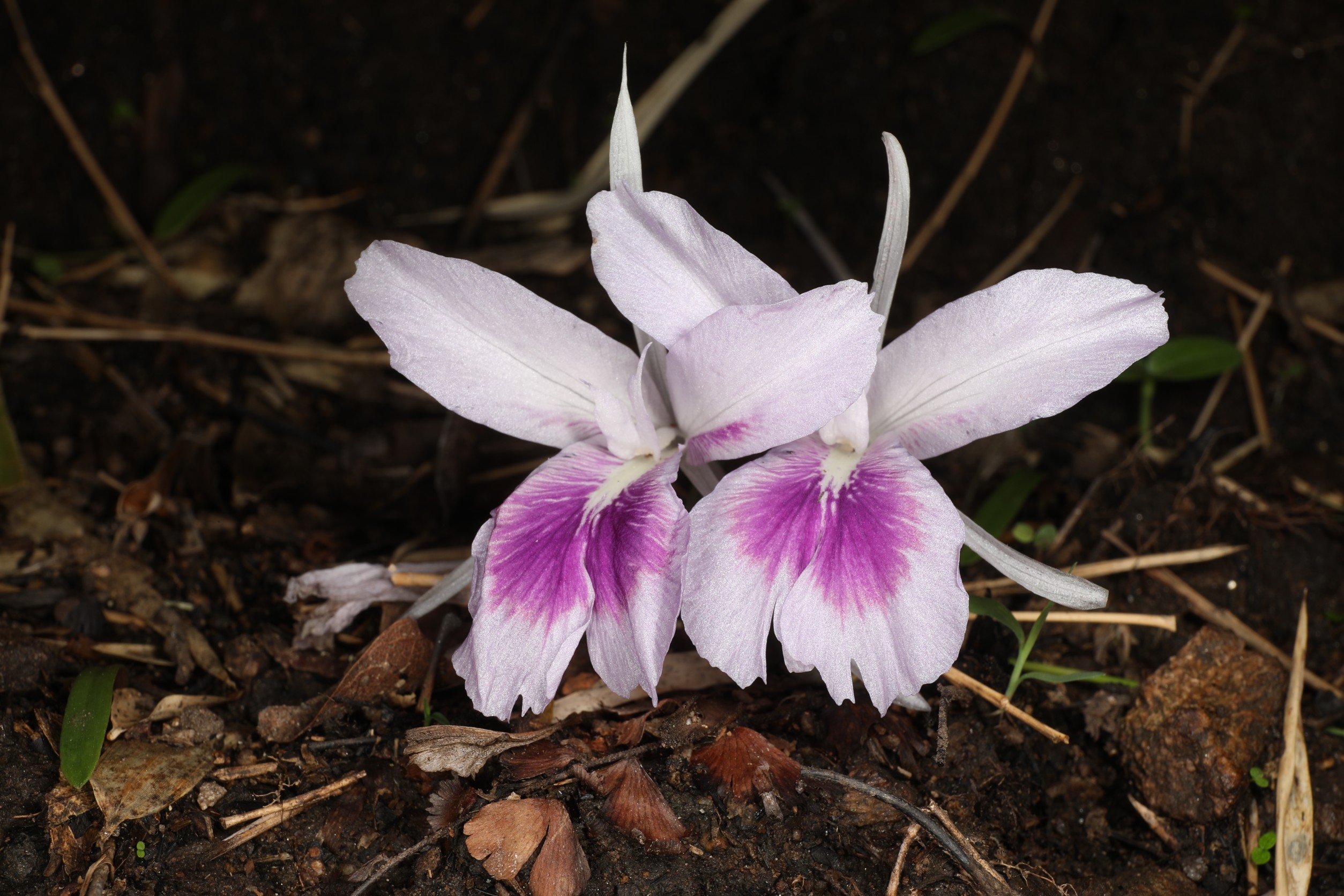
BANGKOK – The National Science Museum Thailand (NSM), under the leadership of Asst. Prof. Dr. Rawin Raviwong, Director of NSM, held a press conference on Wednesday to announce the “Discovery of New Plant and Animal Species in the World”.
The annual discovery of new species is a result of collaboration between domestic and international organizations. These research findings are published in internationally recognized journals, bringing recognition to Thai scholars and contributing to the country’s reputation.
In 2023, the following new species were discovered:
Three types of earwigs:
Mongolabis chiangmaiensis Nishikawa & Jaitrong, 2023, found in the mountainous areas of Chiang Mai province, Mongolabis chantha Nishikawa & Jaitrong, 2023, found in Chanthaburi province, and Mongolabis siamensis Nishikawa & Jaitrong, 2023, found in Pua district, Nan province.

These three species are wingless and, unlike other earwigs, cannot fly. They are brown to dark brown in color and have male genitalia that are longer than they are wide. In addition to the three new species of earwigs, two species have also been recorded for the first time in Thailand. The type specimens of all five species are kept in the NSM’s insect collection.
Chomphuphuang Ant and Top Ant:
Dr. Weeyawat Jaitrong, a senior researcher at NSM, in collaboration with insect experts from the Department of National Parks and professors from Champasak College in Laos, has discovered and named two new ant species of the genus Plagiolepis. The findings were first published in the journal Far Eastern Entomologist, Volume 492, Issue 1, in 2024.

The first species was named in honor of Asst. Prof. Dr. Narin Chomphuphuang, Professor at the Department of Entomology and Plant Pathology, Faculty of Agriculture, Khon Kaen College, and leader of the biodiversity survey team in Champasak Province, Laos, named Chomphuphuang ant.
The second species was named Top Ant in honor of Varawut Silpa-archa, the former Minister of Natural Resources and Environment, and his family, who have worked to conserve biological resources in Thailand. Both species have similar characteristics, including a grooved head and long body hair, but the top ant has a rougher thorax than the Chomphuphueng ant.

Fish-egg Forest Ghost Flower
The scientific name is Kaempferia subglobosa Noppornch. & Jenjitt. This plant from the ginger family (Zingiberaceae) belongs to the genus Kaempferia L.
It was discovered by Dr. Natthapol Nopporncharoenkul, researcher at the NSM Division of Botany, in collaboration with Asst. Prof. Dr. Taya Jenjittikul, lecturer at the Department of Botany, Faculty of Science, Mahidol College, morphologically described and identified as a “new forest ghost flower species of the genus Kaempferia”.

The results were published on January 18, 2024 in the journal Blumea – Biodiversity, Evolution and Biogeography of Plants (Q2), Volume 69. The fish egg forest ghost flower is a plant endemic to Thailand, currently found only in Ban Tak and Sam Nga districts in Tak province.
____
Related article:
Thailand Announces the Discovery of a New Species of Alligator















































